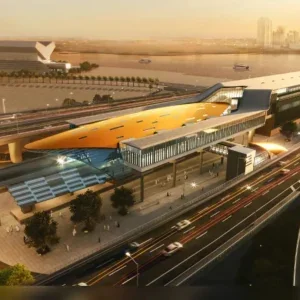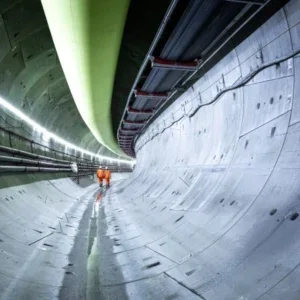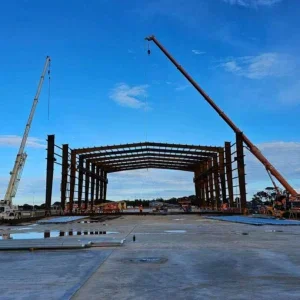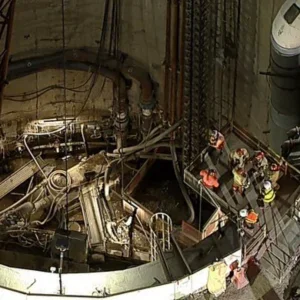Dear Sir
Having been involved daily in the construction of the Guadarrama Tunnels and as co-developers of the RME index, we noted with interest the letter from Dr Barton[1] commenting on the RME data we recorded at Guadarrama[2]. First of all, we would like to make it clear that the team which developed the RME has the highest respect for Dr Barton’s remarkable professional contributions. No offense was meant in stating that we sought an alternative approach for assessing TBM performance.
For example, our tests of the uniaxial compressive strength of the rock materials involved at Guadarrama yielded the following different ranges of values (instead of one range 120 – 200MPa):
14MPa < gneiss < 110MPa (main rock formation present)
20MPa < granite < 127MPa
48MPa < porphyry < 172MPa
8MPa < Umbria fault < 31MPa (600m long).
Most of all, we wish to emphasise that there exists an important conceptual difference between the two methods employed to estimate the TBM advance.
In the case of the QTBM, the advance rate in m/hr is estimated by reducing the instantaneous penetration rate (PR) using a coefficient ‘m’, the physical meaning of which was difficult to envisage for us because our data at Guadarrama provided a different trend, as shown in Figure 1.
It seems to us that the step from PR to the average rate of advance ARA (m/day) depends, among others, on: percentage TBM utilisation; mechanical condition of the machine; and excavation strategy adopted by the TBM crew.
In reality, these parameters cannot be known with enough precision and, for this reason, we decided to employ statistical analyses for estimating the average rate of advance ARA, which is – please note – expressed in m/day but over many days in tunnel sections fulfilling the following conditions:
• Over its length, the section should have a representative RMR quality and should not produce significant variations in the values of the RME
• Over its length, the section should not include significant repairs to the TBM and its coefficient of utilisation should be between 30 to 70% of the time involved
• The minimum length of the section should be more than 30m
• The time period involved in completing a TBM section should be recorded in days, expressed to a decimal point
As the sections considered for statistical analyses are derived from different tunnels, the values of real ARA (ARAR) are consolidated to obtain a theoretical ARA (ARAT) using the above three factors, discussed in our article[2].
Applying this methodology, the correlations between the RME and ARAT, for three common TBM types, were found to have realistic values representative of the actual tunnelling practice and have similar high coefficients of correlation for all three types of TBMs.
The ultimate aim of the RME is to provide a reliable tool not only for estimating the machine performance but also selecting the type of TBM to be employed in a given tunnel.
Yours faithfully
Benjamin Celada, Jose Miguel Galera &
Z T Bieniawski
One of the TBMs and the face, on Spain’s Guadarrama Tunnels One of the TBMs and the face, on Spain’s Guadarrama Tunnels Figure 1. Increase in TBM performance (co-efficient FA) with the excavated tunnel length at Guadarrama Fig 1 – Increase in TBM performance (co-efficient FA) with the excavated tunnel length at Guadarrama







